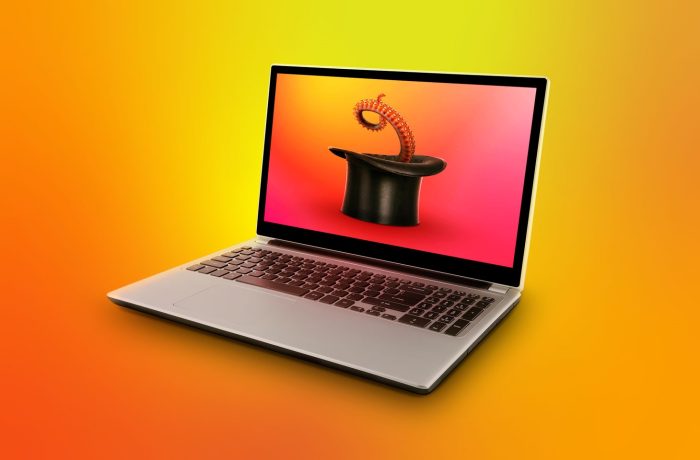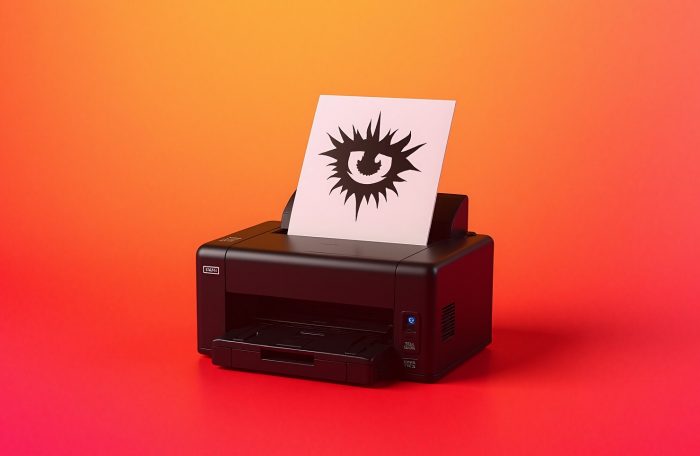
Botnets on wheels: the mass hacking of dashcams
Researchers have discovered how to connect to someone else’s dashcam in a matter of seconds, and weaponize it for future attacks.

Researchers have discovered how to connect to someone else’s dashcam in a matter of seconds, and weaponize it for future attacks.

Here’s how to mitigate the risks of targeted attacks on your organization’s mail servers.

How attackers use AI-generated fake websites to distribute trojanized builds of the legitimate Syncro remote access tool (RAT).

We’re going bargain hunting in a new way: armed with AI. In this post: examples of effective prompts.

Systematic measures and tools that organizations can use to defend against malicious browser extensions.

How malicious extensions can spoof AI sidebars in the Comet and Atlas browsers, intercept user queries, and manipulate model responses.

We examine how popular Canon printers could become a foothold for attackers within an organization’s network.

Pixnapping is an Android vulnerability discovered by researchers that allows apps to steal passwords, one-time codes, and other confidential information from the screen without any special permissions from the operating system. How does it work, and what can you do to protect yourself?

Malicious actors have started utilizing a new variation of the ClickFix technique — named “FileFix”. We explain how it works, and how to defend your company against it.
I firmly believe that the concept of cybersecurity will soon become obsolete, and cyberimmunity will take its place.
Eugene Kaspersky